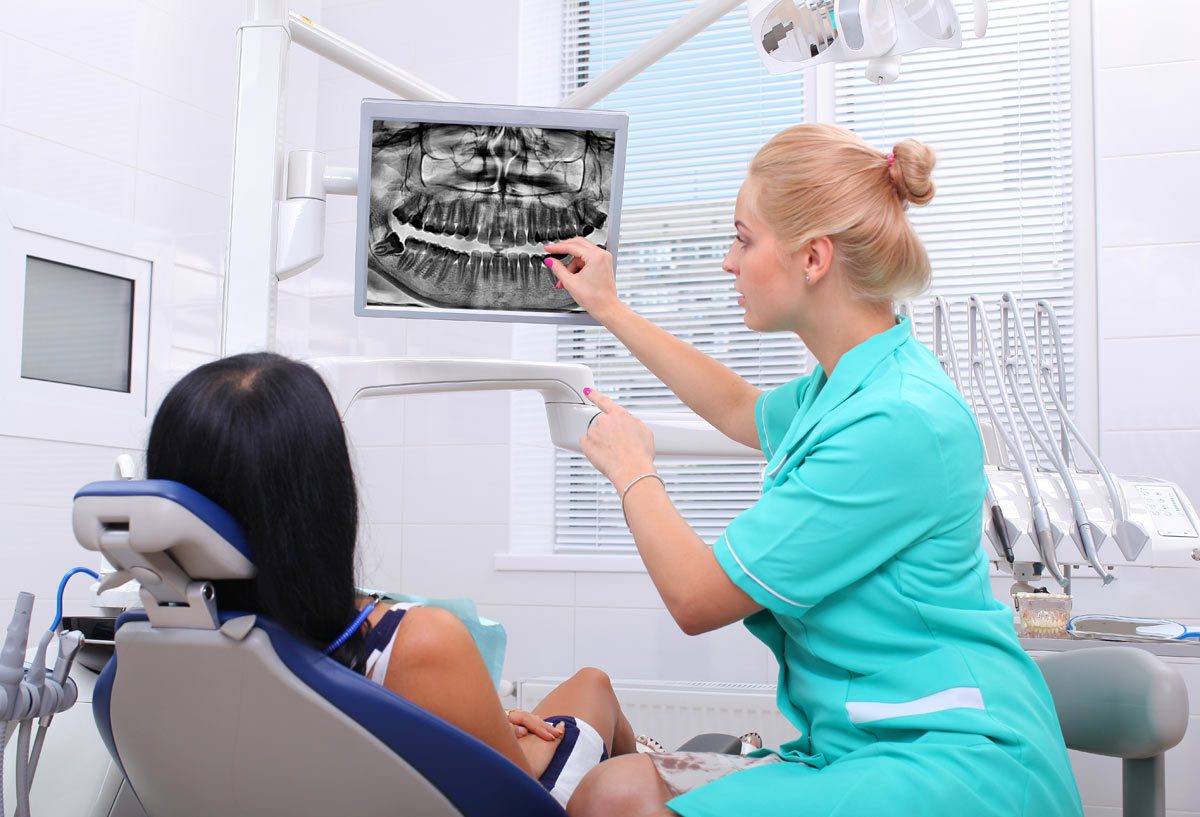Dental implants have revolutionized the field of dentistry, offering a durable and natural-looking solution for tooth replacement. However, the success of dental implants relies heavily on the health and density of the jawbone. Jawbone regeneration plays a pivotal role in the success of dental implant surgery, ensuring the stability and longevity of the implants. In this blog, we’ll delve into the process of jawbone regeneration and its importance in dental implants recovery.
The Importance of Jawbone Regeneration:
The jawbone serves as the foundation for dental implants, providing the necessary support and stability for artificial teeth. When a tooth is lost or extracted, the underlying jawbone begins to deteriorate due to lack of stimulation from the tooth root. Over time, this bone loss can compromise the structural integrity of the jaw and hinder the placement of dental implants.
Jawbone regeneration, also known as bone augmentation or bone grafting, is a surgical procedure designed to rebuild and strengthen the jawbone. By restoring lost bone tissue, jawbone regeneration creates a stable environment for the placement of dental implants, ensuring their long-term success. Additionally, a healthy jawbone promotes optimal aesthetics and functionality, allowing patients to enjoy a natural-looking smile and improved chewing ability.
Understanding the Process:
Jawbone regeneration typically involves the use of bone grafting materials to stimulate new bone growth in the affected area. These grafting materials can be sourced from various locations, including the patient’s own body (autograft), donor tissue (allograft), or synthetic materials (alloplast). The choice of grafting material depends on factors such as the extent of bone loss, patient preference, and surgeon’s recommendation.
During the procedure, the grafting material is placed into the deficient area of the jawbone and secured in place using surgical screws or pins. Over time, the body’s natural healing process allows the grafting material to integrate with the existing bone tissue, promoting the formation of new bone cells. Therefore, this gradual regeneration process strengthens the jawbone and prepares it for the placement of dental implants.
Recovery and Healing:
After undergoing jawbone regeneration surgery, patients are typically advised to follow a strict post-operative care regimen to promote healing and minimize complications. Here are some dental implant recovery tips:
- Pain management: Patients may experience some discomfort or swelling following surgery. Pain medications and cold compresses can help alleviate these symptoms.
- Soft diet: To avoid putting undue stress on the surgical site, patients are often advised to stick to a dental implant recovery diet for a certain period of time.
- Oral hygiene: Maintaining good oral hygiene is crucial for preventing infection and promoting healing. Patients may be instructed to gently rinse their mouth with saltwater or an antimicrobial mouthwash.
- Follow-up appointments: Regular follow-up visits with the dental surgeon are essential for monitoring the progress of healing and ensuring the success of the procedure.
The dental implants recovery time can vary depending on the extent of bone regeneration required and the patient’s overall health. In some cases, it may take several months for the jawbone to fully heal and prepare for dental implant placement. Be sure to talk to your dentist to help with dental implant recovery and pain.
Impact on Dental Implant Success:
Jawbone regeneration lays the groundwork for successful dental implant surgery, providing a stable and supportive environment for the implants to integrate with the surrounding bone. Without adequate bone density and volume, dental implants may fail to osseointegrate properly. And this leads to complications such as implant loosening or failure.
By addressing bone deficiencies through regeneration techniques, dental surgeons can enhance the predictability and longevity of dental implant treatment. Patients who undergo jawbone regeneration prior to implant placement are more likely to achieve optimal outcomes. As a result, they can enjoy the benefits of a restored smile for years to come.
Conclusion:
Jawbone regeneration is a critical aspect of dental implant recovery, ensuring the stability and longevity of artificial teeth. By rebuilding lost bone tissue, jawbone regeneration creates a strong foundation for dental implants. This enhances their success rates and improving patient outcomes. Understanding the process of jawbone regeneration and its importance in dental implants recovery can empower patients to make informed decisions. With advancements in surgical techniques and materials, dental professionals continue to push the boundaries of jawbone regeneration. This offers hope to patients seeking a permanent solution for tooth loss.

